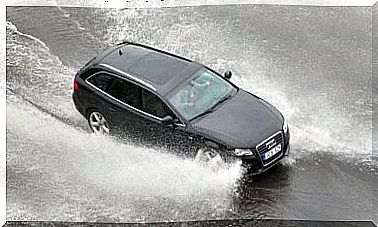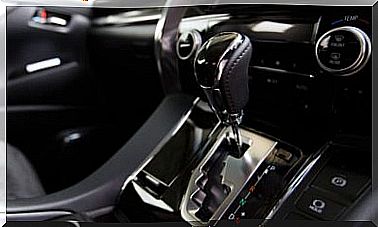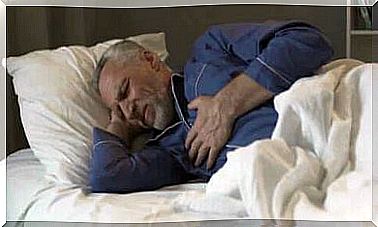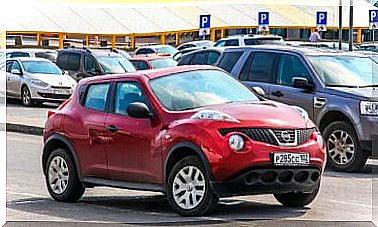Car Electrical Circuit, How Does It Work?
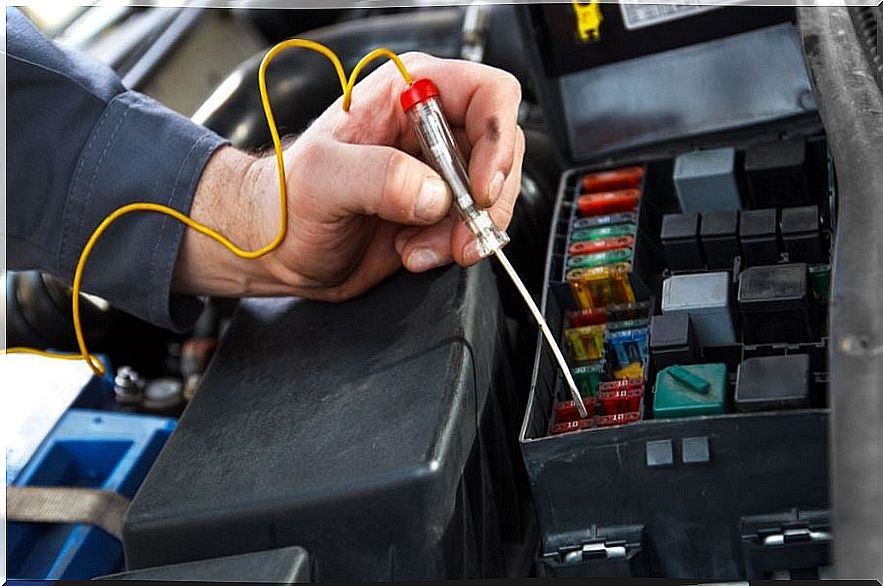
Today we will talk about the operation of the electrical circuit of a car, this is formed by a closed circuit which has an energy source which will be independent of the battery.
Traditional electrical system
In our car we can find several circuits: charging, starting and ignition, but these are not the only ones we have, since there are other circuits such as the ignition of lights, electric motors, sensors and gauges of electrical instruments among others.
All these electrical circuits will be opened and closed by means of switches or relays (these are remote switches which work by electromagnets)
Its operation is simple, the current travels along a single cable from the battery to the component that is being powered and returns to the source through the metal body, said body is connected to the ground terminal of the power source by a thick wire.
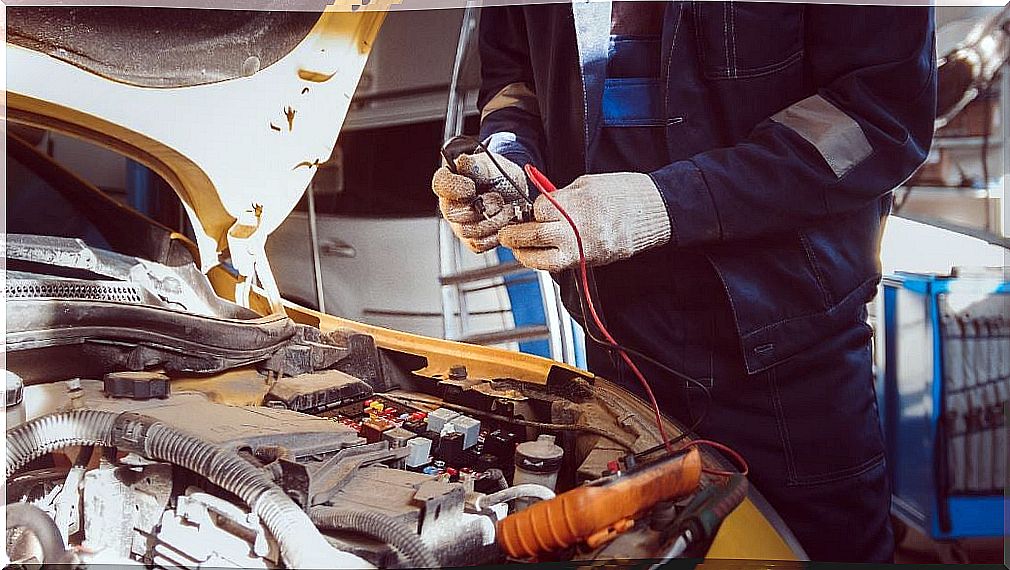
We can find return systems to ground, in which the ground will always be the negative, in these systems the current will travel from the positive terminal to the component of the car that is being used.
This component must be grounded through the car body, which is grounded through the negative battery terminal. In this type of circuit, any part that is connected to the car body is said to be grounded.
We will measure the strength of the current in amperes and the pressure that drives it around the circuit is called voltage. Today’s cars typically have a 12-volt battery and its capacity is measured in amp-hours.
For example: A 56 amp hour battery should be capable of delivering a current of 1 amp for 56 h or 2 amps for 28 hours.
Obviously if the battery voltage drops, it will run less current and momentarily we will not have enough current to run the components.
Current, voltage and resistance.
The resistance that a cable opposes to the passage of current is called resistance and we will measure it in ohms. Depending on the thickness of the cable we will have a simpler or less conduction of the current, the thinner cables conduct less easily than the thick ones since they have less space for the electrons that travel through them.
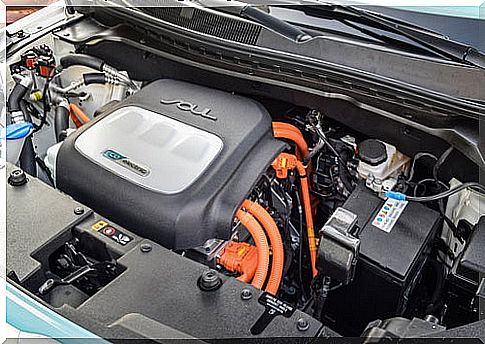
The energy we need to push current through a resistor will be transformed into heat. This is very useful to us in the filament of a light bulb.
We must bear in mind that a component with a high energy consumption must not be connected to cables that are too thin, as these could overheat, burn or blow a fuse.
Electrical units of measurement are related to each other for example: a pressure of one volt causes a current of one ampere to travel through a resistance of one ohm.
If we want to know the energy consumption of a component expressed in watts, what we have to do is multiply the amps by volts.
Positive and negative polarity.
The energy of our car flows in only one direction, some of the components of our car only work if the current passes through them in the right direction.
This unidirectional flow is known as polarity, in most cars the negative pole of the battery is connected to ground and the positive pole is the one that feeds the electrical system.
This is known as a negative ground system, when we buy an electrical accessory we must check that it is suitable for the system of our car. If for example we buy an incorrect radio system it will damage the equipment.
Short circuits and fuses.
In the event that we are using the wrong size cable or one of them breaks or disconnects, this could be one of the reasons why an accidental short circuit occurs.
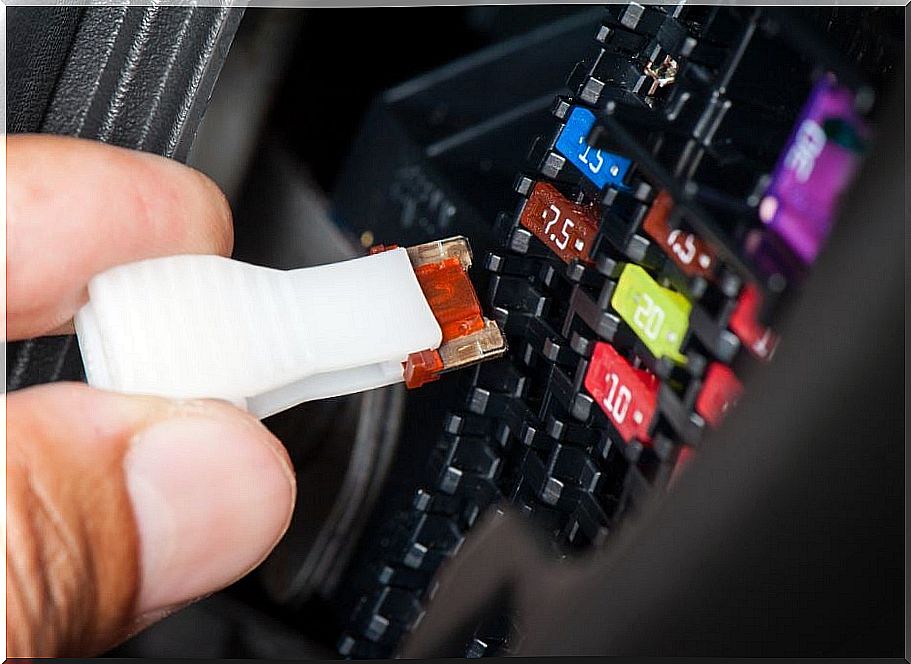
The current carried by the cable can be very high, which is dangerous, to the point of generating a fire.
To prevent this from happening, the auxiliary circuits have fuses, the most common being a short and thin cable that is enclosed in a housing which is heat resistant, usually made of glass.
The fuse wire is the thinnest one that can carry normal circuit current without overheating, it is indicated in amps.
A sudden increase in current will cause the fuse wire to melt or explode, breaking the circuit. If this happens we must check if there is a short circuit and install a new fuse with the appropriate amperage.
There are many fuses, each protecting a small group of components so that in the event that the blown fuse cannot shut down the entire system.
Parallel and series circuits.
Circuits often include more than one component, which is like light bulbs in lighting circuits. It does not matter if they are connected in series, one after the other or in parallel. The headlight bulb is designed to have a certain degree of resistance, so that when illuminating normally it consumes a specific amount of current.
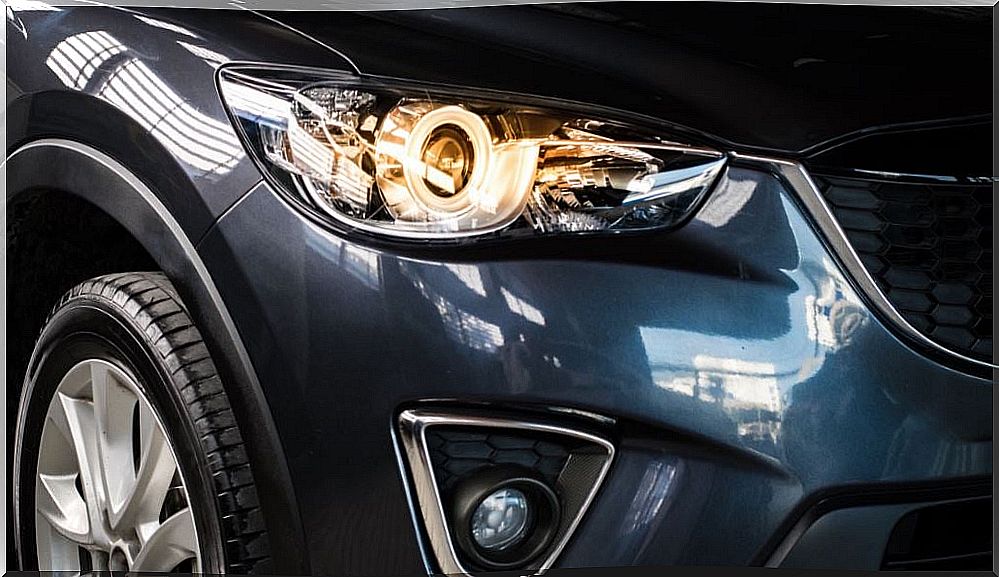
We have to take into account that in a car we are going to have two bulbs per circuit, so if we connect them in series, the electric current will have to go through one first to reach the other, so both bulbs will not be lit at the same time. time.
Some components, such as light bulbs, must be connected in series. For example: the transmitter in the fuel tank varies its resistance according to the amount of fuel in the tank and will send a small electrical current to the gauge.
Auxiliary circuits.
The starter motor has a heavy wire that originates from the battery. The fire circuit supplies the high voltage pulses to the spark plugs and the charging system includes the generator that recharges the battery.
Most are wired through the power switch so they will only work when the switch is on. This will prevent something accidentally left on and could drain the battery.
The headlights or taillights that must be on while the car is parked will be connected independently of the ignition switch.
Cables and printed circuits
Wire and cable sizes are rated based on the maximum amperage they can safely carry. This complex network of cables works inside the car. To avoid confusion, each wire is identified by a color.
Most service manuals include a wiring diagram that can sometimes be difficult to follow.
Color classification is a useful guide for tracing wiring.
The cables are tied together in a plastic or cloth sleeve to keep them tidy and less difficult to adjust.
These cables are distributed throughout the car, they are individual cables or small groups of cables that emerge from where they are needed.
Some manufacturers use printed circuits instead of bundles of wires. The printed circuits consist of plastic sheets on which the copper tracks have been printed, the components are connected directly to the tracks.
Some modern cars have flexible printed circuits. The copper tracks are printed on flexible plastic tapes that replace the entire wiring system.

